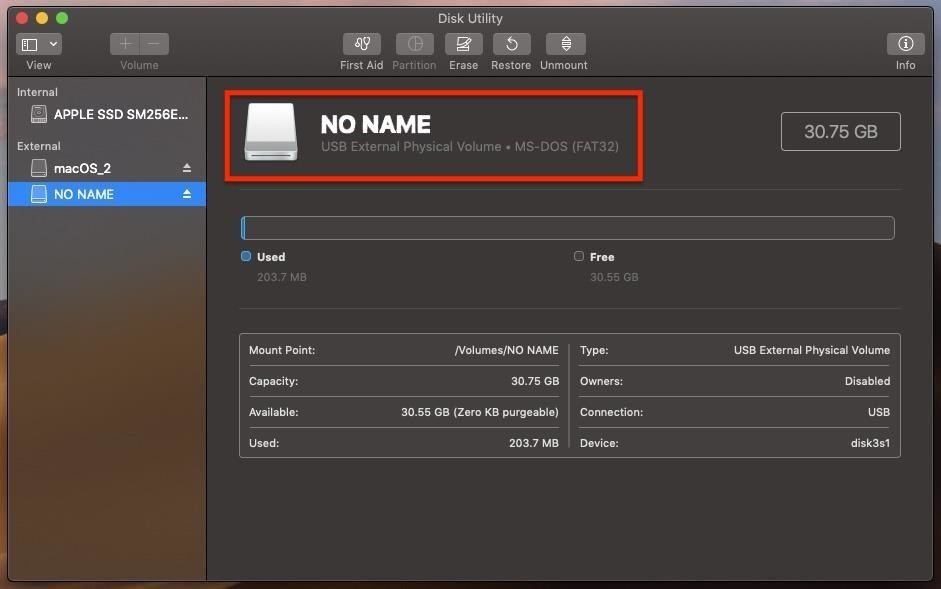Turn on your Mac and continue to press and hold the power button until you see the startup options window. Click the gear icon labeled Options, then click Continue. Click the gear icon labeled Options, then click Continue. Quit out of any actively open Mac apps. Go to the Finder in Mac OS. Hold down the SHIFT key (in Sierra) or OPTION / ALT key (Earlier) and pull down the 'Go' menu in the Finder. Choose 'Library' from the Go menu options. Once inside the Library folder, find and open the 'Caches' folder.
- Manual Self-destruction Mac Os Download
- Manual Self-destruction Mac Os Catalina
- Manual Self-destruction Mac Os X
- Manual Self-destruction Mac Os 11
Name OS Size Last Update; MOTIF XF Editor Standalone / VST V1.6.10 for Mac: Mac: 58.9MB: 2020-11-13: YC-3B (VST Instrument) V1.1.6 for Windows: Win: 20.2MB: 2019-01-10. Scanning from Computer (Mac OS). Using IJ Scan Utility; Using Scanner Driver; Scanning Tips; Positioning Originals (Scanning from Computer) Network Scan Settings. To install Paragon ExtFS for Mac OS X, please do the following: 1. Click on the supplied DMG disk image. After the installation package has been extracted you can choose whether to install/de-install the driver or read the product manual. Click Install ExtFS for Mac® OS X to initiate installation of the driver.
Manual Self-destruction Mac Os Download
If you think your Mac might have a hardware issue, you can use Apple Diagnostics to help determine which hardware component might be at fault. Apple Diagnostics also suggests solutions and helps you contact Apple Support for assistance.
Prepare your Mac
- Shut down your Mac.
- Disconnect all external devices except keyboard, mouse, display, Ethernet connection (if applicable), and connection to AC power.
- Make sure that your Mac is on a hard, flat, stable surface with good ventilation.
Start Apple Diagnostics
Determine whether you're using a Mac with Apple silicon, then follow the appropriate steps:
Apple silicon

- Turn on your Mac and continue to press and hold the power button as your Mac starts up.
- Release when you see the startup options window, which includes a gear icon labeled Options.
- Press Command (⌘)-D on your keyboard.
Intel processor
- Turn on your Mac, then immediately press and hold the D key on your keyboard as your Mac starts up.
- Release when you see a progress bar or you're asked to choose a language.
Manual Self-destruction Mac Os Catalina
View the test results
Apple Diagnostics shows a progress bar while it's checking your Mac:
When testing is complete, Apple Diagnostics shows the results, including one or more reference codes. Learn about Apple Diagnostics reference codes.
To repeat the test, click 'Run the test again' or press Command-R.
To restart your Mac, click Restart or press R.
To shut down, click Shut Down or press S.
To get information about your service and support options, make sure that your Mac is connected to the internet, then click 'Get started' or press Command-G. Your Mac will restart to a webpage with more information. When you're done, choose Restart or Shut Down from the Apple menu.
Learn more
Manual Self-destruction Mac Os X
On an Intel-based Mac, if you can't start Apple Diagnostics with the D key, try these solutions:
Manual Self-destruction Mac Os 11
- Press and hold Option-D at startup to use Apple Diagnostics over the internet.
- Make sure that your Mac isn't using a firmware password.

